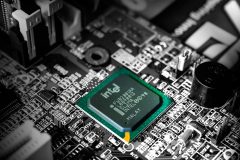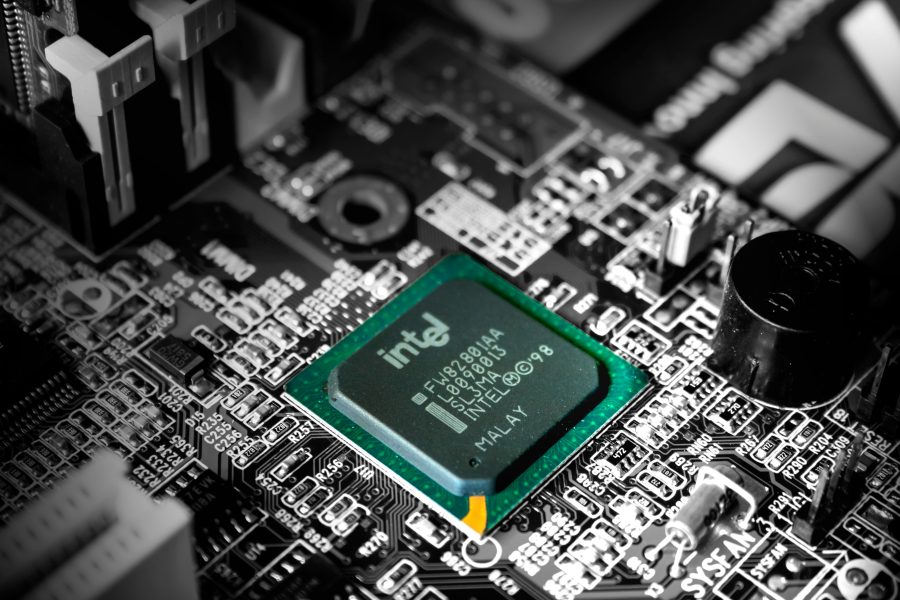With the coming tidal wave of data generated by the Internet of Things (IoT), a lot of organizations will find themselves connecting pools of data that never needed to be brought together before.
These data silos wind up becoming these stand-alone “containers,” hidden within one department and isolated from the rest of the organization.
See also: How smart cities will avoid data overload
Today, most data silos exist separately without sharing, cross-referencing, interpreting or adding to each other’s self-contained data sets. With data silos come the challenge of only being able to analyze each application individually without getting the whole picture of the business situation.
Capgemini Consulting reports silos to be standing in the way of efficient big data usage because of how it complicates business analytics. The question is, what needs to happen to transition from data silos to systems?
“IoT is shifting from a single purpose application connected to the Internet, to multiple applications working together in concert – connected and integrated in the cloud,” says Christian Renaud, research director at 451 Research.
During the IoT Global Council July session, which focused on IoT platforms, Renaud presented market research indicating how IoT is moving from silos to systems.
He used smart cities as an example. “Imagine if a smart street light were connected to public safety,” he said. “[Today] only 41 percent of our enterprise customers say they have IoT technology in-use.”
Dismantling silos will be a bigger theme in the future
Looking forward to the future, this relatively low number indicates a large enterprise potential in the use of IoT technology to fully move from silos to systems.
One step in transitioning from silos to systems is by gathering data together in a dashboard customized for your specific business. By bringing your data out of its silo and into one mutual platform, information will flow freely between departments, applications and systems resulting in aligning business goals and teams to make better decisions.
This is likely to lead to more efficient communication, which can affect total returns to shareholders by approximately 47 percent. And when systems are able to make sense of all data collected in your business, machine-learning models can identify patterns which can be used to make predications.
When these systems are able to predict with better efficiency, that’s when IoT will give true meaning.










